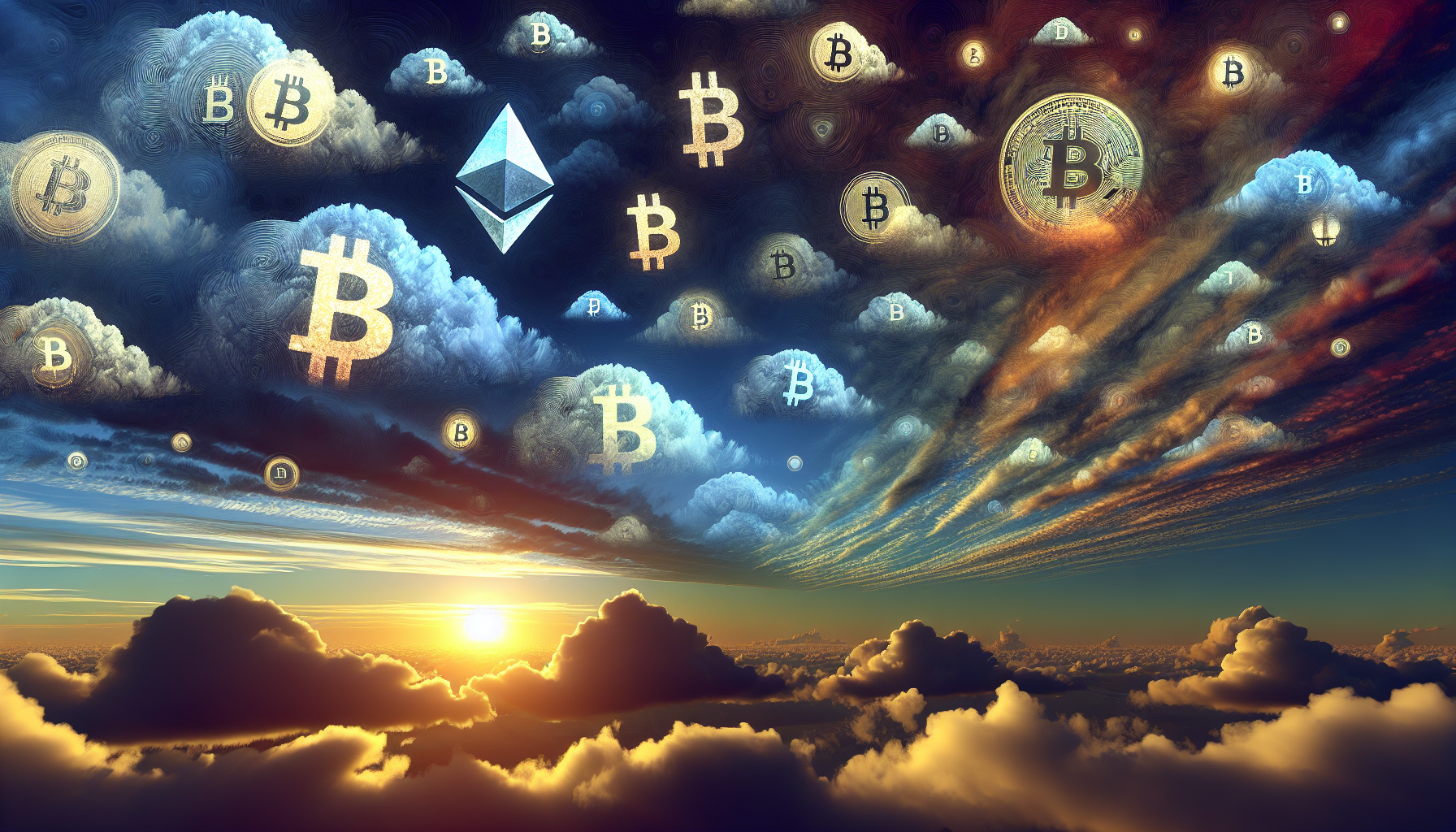
tl;dr
Venezuela's bolívar is losing value rapidly due to hyperinflation, prompting widespread use of Tether's USDt stablecoin as a more reliable alternative. With inflation reaching 229% annually, USDt, known locally as "Binance dollars," is increasingly used across all levels of society, from street ve...
Venezuela’s bolívar is in freefall, but its people are finding a lifeline in a digital currency: Tether’s USDt stablecoin. With annual inflation soaring to 229%, the once-trusted national currency has lost over 70% of its value in months, leaving millions scrambling for alternatives. Now, from bustling markets to corporate boardrooms, Venezuelans are trading in USDt—locally dubbed “Binance dollars”—as the unofficial currency of survival.
“Cash has been replaced entirely by stablecoins,” says Mauricio Di Bartolomeo, founder of crypto lending platform Ledn, who fled Venezuela before launching his company. “Whether you’re a street vendor or a CEO, everyone prices goods in USD and prefers USDt over bolívars.” The shift is sweeping across social classes and industries, from neighborhood stores to oil companies, as even routine expenses like security fees and building maintenance are settled in stablecoins.
**A Currency of Stability Amid Chaos**
Venezuela’s economic turmoil has birthed a bizarre reality: three official exchange rates for the US dollar. The Central Bank’s rate pegs 151.57 bolívars to $1, while the parallel market demands 231.76 bolívars per dollar. But USDt, trading at 219.62 bolívars per dollar on Binance, has become the gold standard. Its reliability and liquidity make it a magnet for vendors and consumers alike, who shun the volatile parallel market.
Yet the government clings to its official rate, using it to allocate dollars to regime-aligned firms. These companies then resell them at parallel rates, pocketing the difference. Meanwhile, private businesses and citizens bypass the system entirely, opting for USDt’s stability.
**Crypto Adoption Soars Amid Crisis**
Venezuela’s embrace of crypto has been nothing short of meteoric. According to Chainalysis, the country now ranks 18th globally in crypto adoption, and 9th per capita—a testament to its desperate yet innovative leap into the digital economy. In 2024, stablecoins accounted for 47% of all crypto transactions under $10,000, with overall crypto activity surging by 110% last year.
The government’s capital controls, which restrict access to foreign currency, have only accelerated this shift. With banks and oil companies increasingly adopting USDt to circumvent sanctions, the stablecoin is no longer just a tool for the marginalized. It’s a lifeline for businesses, a workaround for the regime, and a symbol of resistance.
**A Financial Equalizer**
For Di Bartolomeo, USDt is more than a currency—it’s a “financial equalizer.” Unlike the bolívar, which privileges those with government ties, stablecoins grant everyone access to a stable, reliable currency. Whether you’re a small shopkeeper or a multinational corporation, USDt levels the playing field, bypassing banking restrictions and sanctions.
As Venezuela’s economy teeters on the edge, its people are betting on crypto to rebuild their future. In a land where cash is worthless and trust is scarce, USDt has become a beacon of hope—a digital dollar that refuses to fade.